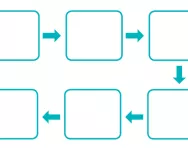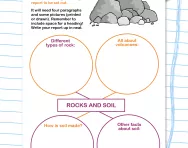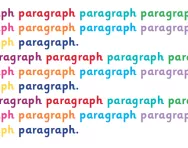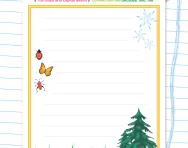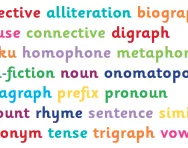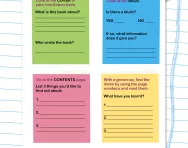Important update from TheSchoolRun
For the past 13 years, TheSchoolRun has been run by a small team of mums working from home, dedicated to providing quality educational resources to primary school parents. Unfortunately, rising supplier costs and falling revenue have made it impossible for us to continue operating, and we’ve had to make the difficult decision to close. The good news: We’ve arranged for another educational provider to take over many of our resources. These will be hosted on a new portal, where the content will be updated and expanded to support your child’s learning.
What this means for subscribers:
- Your subscription is still active, and for now, you can keep using the website as normal — just log in with your usual details to access all our articles and resources*.
- In a few months, all resources will move to the new portal. You’ll continue to have access there until your subscription ends. We’ll send you full details nearer the time.
- As a thank you for your support, we’ll also be sending you 16 primary school eBooks (worth £108.84) to download and keep.
A few changes to be aware of:
- The Learning Journey weekly email has ended, but your child’s plan will still be updated on your dashboard each Monday. Just log in to see the recommended worksheets.
- The 11+ weekly emails have now ended. We sent you all the remaining emails in the series at the end of March — please check your inbox (and spam folder) if you haven’t seen them. You can also follow the full programme here: 11+ Learning Journey.
If you have any questions, please contact us at [email protected]. Thank you for being part of our journey it’s been a privilege to support your family’s learning.
*If you need to reset your password, it will still work as usual. Please check your spam folder if the reset email doesn’t appear in your inbox.
What is a spider diagram?
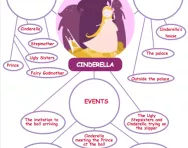
Spider diagrams are often used by teachers to help children make notes on a particular subject. A picture or word may be put in the middle of the page and then several 'legs' drawn radiating outwards. Children then need to write words or phrases about the object in the centre.
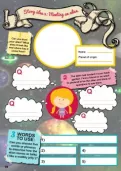
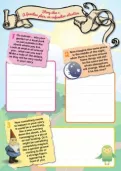
Download a FREE Creative Writing toolkit!
- KS1 & KS2 workbooks
- Bursting with inspiring ideas
- Story structure tips, style guides and editing suggestions
A spider diagram could be used to describe a certain character. Having a picture in the centre of the diagram means that children have something concrete to refer to when describing the character, rather than relying on their memory.
A spider diagram could be used when researching a subject for a non-fiction piece of writing. This spider diagram prompts children to put different bits of information into different boxes, so that the information is already 'sorted' before they start writing it up into paragraphs:

Spider diagrams are an excellent way to encourage children to jot down their thoughts without having to worry about writing in full sentences or thinking about punctuation. They are either used as a stand-alone activity to encourage children to externalise their thoughts and provide the teacher with an assessment opportunity, or they are used as a means of planning a 'neat' piece of writing.
Other literacy planning and comprehension diagrams used in the primary classroom are story maps, story flowcharts and story mountains.
They are also used in science so that a teacher can assess how much knowledge children have on particular subject before they start a unit of work.


